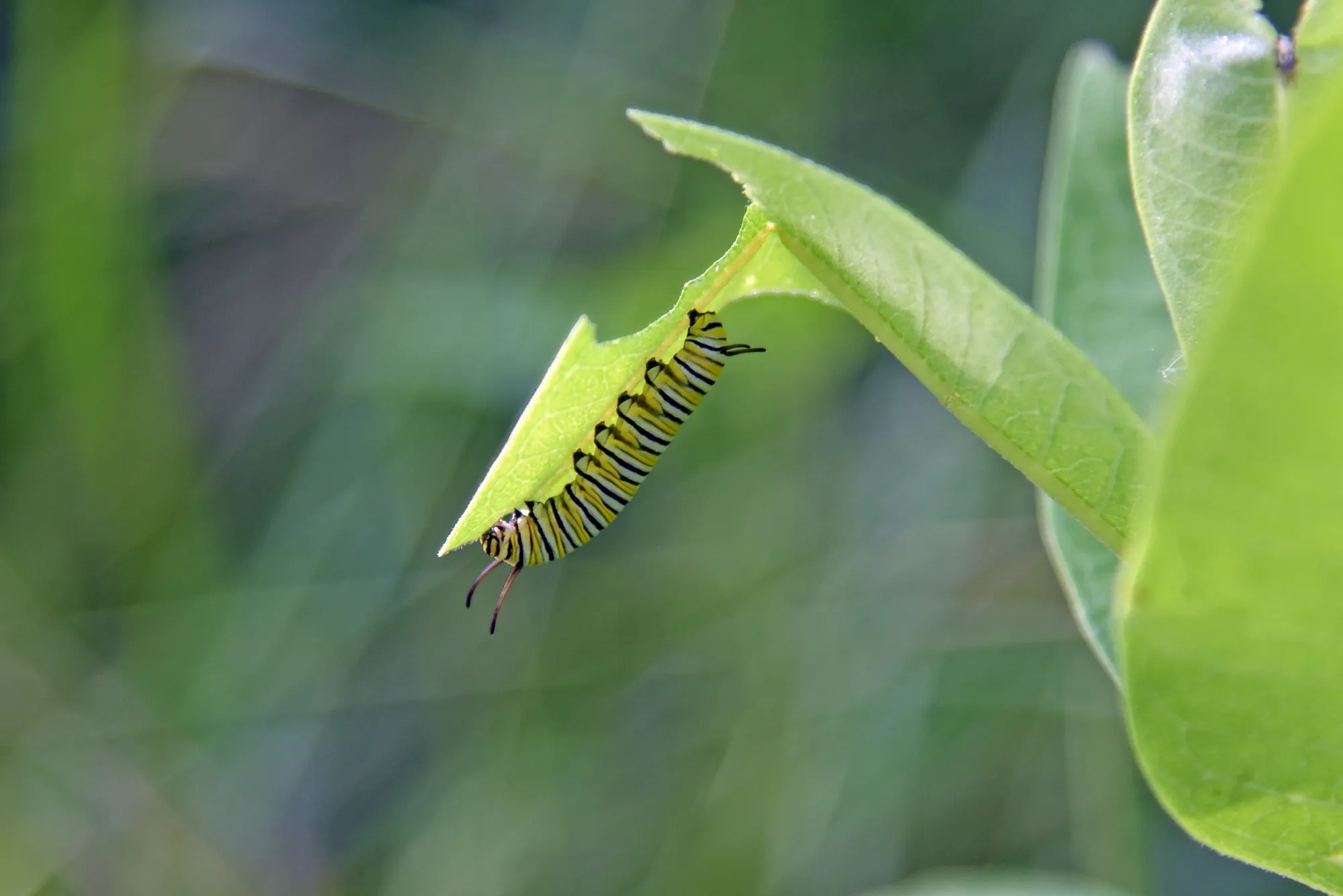Advances in genomic science
Genomic research for biodiversity
Genomic science underpins work to combat the biodiversity crisis by driving an understanding of how species are adapted to their environment and how they respond to environmental change, and providing a means to track changes for individual species and entire communities within ecosystems.
Advances in genomic science provide an important means to address the challenges of describing, identifying and tracking species and their relationships. BGE uses two types of genomic data: whole genome sequences and DNA barcodes.
Whole genome sequences provide insights into diversity at the genetic level, into how organisms function, and how they are likely to be affected by, or adapt to, environmental change. Complete, curated, reference genomes can be used to target future research – for instance into new drugs, crop species or biotechnological applications.
DNA barcodes – short parts of the genome that can act as unique identifiers for species (just like a supermarket barcode) – are a rapid and cost-effective tool for telling species apart. They can even be used for organisms too small to see, and organisms mixed together in samples of soil or water. This means they can be used to track and monitor how life on Earth is responding to environmental pressures and conservation efforts, on an unprecedented scale. For example, we can use barcodes to count the number of pollinator species on a mountain, the number of invasive marine species in a harbour, or to identify the source of a herbal medicine or hardwood dining table.
Genome sequencing and DNA barcoding use many of the same methods and technologies. However, whole genome sequencing usually relies upon samples collected fresh from the wild, ideally frozen in liquid nitrogen until their DNA can be extracted for sequencing. Barcoding – because it sequences much shorter lengths of DNA – can sometimes be achieved with specimens stored in museums or herbaria for many years. This has the advantages that the specimens are already identified, and there is no costly and time-consuming field collection.
For more information on the rationale and applications of genomic science, see this special issue of PNAS: The Earth BioGenome Project: The Launch of a Moonshot for Biology
Full-Genome Sequencing
DNA is made up of long chains of just four small molecules known as bases, represented by the letters A, C, G and T. Genome sequencing simply determines the unique order of these bases in the DNA of an organism.
The Earth Biogenome Project aims to crack this code for all species on Earth, delivering fundamental knowledge of how biological systems function and how species respond and adapt to environmental change. The European Reference Genome Atlas (ERGA) is the European arm of the Earth Biogenome Project, representing institutions across Europe that carry out full-genome sequencing. ERGA and many of its members are partners in BGE.
DNA Barcoding
Barcodes are specific, short sequences of DNA from within the genome that can be used to tell organisms apart. These help us to identify individual plants, animals or fungi, and define new species. Barcoding can also be used to document whole communities of organisms such as in soil, air or water samples, and monitor changes in these communities over time. BGE will deliver comprehensive ‘libraries’ of barcodes, against which new samples can be compared. This will speed up species discovery and provide the foundations of a future global bio-surveillance system for biodiversity.
Examples of barcoding uses include the identification of invasive non-native pest species, monitoring ecosystem health through stream invertebrate communities, combating wildlife crime, and characterising vertebrate populations.
Digital Sequence Information
It is very important that scientific knowledge is accessible to all, and that the benefits of new biological knowledge – scientific and commercial – are shared fairly among all involved, including the nations and communities within which any specimens originated. This is called ‘access and benefit sharing’. Unlike physical biological resources (such as animal or plant specimens in zoos, museums, herbaria and seed banks), Digital Sequence Information (DSI) – which includes full-genome sequences and DNA barcodes – has not previously been included in international legal frameworks on access and benefit sharing, such as the Nagoya Protocol.
At the fifteenth Conference of the Parties to the UN Convention on Biological Diversity (COP15) in 2022, nations reached an agreement to create a system for benefit sharing from the use of DSI – including a global fund for the distribution of financial benefits. This mechanism is to be finalised at COP16, in 2024.
Read the full COP15 agreement on DSI here (pdf).







